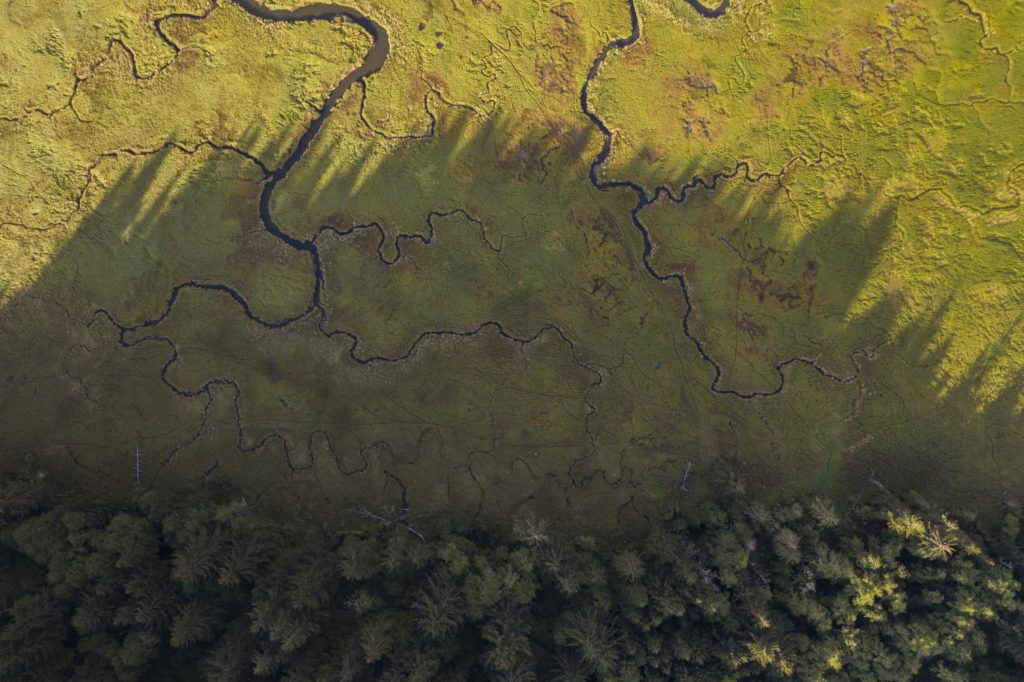We have natural infrastructure to build resilience—so why are we still only thinking in terms of a built portfolio?
By John Sabo, director, Arizona State University-Future H2O
Managing the world’s rivers has been traditionally focused on a heavily engineered built infrastructure portfolio — one proving increasingly costly to maintain and increasingly vulnerable to the extremes brought on by climate change. Is there a way out?
To find out, we’re featuring on our Medium channel this month interviews focusing on India and Pakistan, with Columbia Water Center director Upmanu Lall and Ali Tauqueer Sheikh, formerly CEO of the NGO Leadership for Environment and Development (LEAD) Pakistan. (You know you’re getting real when Manu Lall tells you that “[water] people shouldn’t use climate change as a cover for everything else” that’s really driving water issues globally.)
Both Manu and Ali downplay the potential for aquifers to store floodwaters in India and Pakistan to use in times of drought. The jury is still out on these opportunities for the Indus, for instance — we simply don’t have enough research. But we certainly need to broaden our range of options for a water infrastructure that’s resilient to the increasing impacts of climate change. And that’s where natural infrastructure needs to enter the discussion.
This will be the first time the environment has had a seat at the table for managing a river as big as the Mekong. And this project will be the first time anywhere in the world where a data-driven platform is enabling delivery on the three objectives: optimized food, energy and flooding.
— John Sabo
I say “natural” infrastructure rather than “green” infrastructure because I want to include what’s below ground (e.g., aquifers) as well as above (e.g., wetlands and forests). The Colorado River basin, for instance, is much like the Indus in terms of hydrology and climate. The infrastructure portfolio here is heavily engineered, just as it is for the Indus—dams, canals, reservoirs and groundwater pumping that divert the river’s waters for use throughout its length.
Denver has been proactive in looking at forests as key parts of its water infrastructure—and trying to protect those forests from fires so that its watershed remains healthy and its reservoirs free of the sediment that settles in them after big fires. In Arizona, we have put 11–12 million acre-feet of water underground for later use during surface water shortages. My own pushback on Manu and Ali’s skepticism: why not in Punjab, too?
In both cases, natural infrastructure provides additional flexibility in a broader portfolio when coupled with built infrastructure to offer us resilience against whole-system failure—aquifers against the failure of reservoirs to store enough surface water for droughts, and aquifers and wetlands adding resilience against disasters in flood. Because in a changing climate in which floods and droughts are both stronger and we alternate between the two, we need infrastructure systems with components that are safe to fail rather than fail-safe—that are resilient to the push from extreme high flows and the pull from extreme low flows.
Any agency or government interested in building or upgrading water infrastructure so as to be resilient to climate extremes needs to see natural infrastructure (both above and below ground) as an opportunity to improve the resilience of the whole system by creating pieces of the system that are safe to fail.
